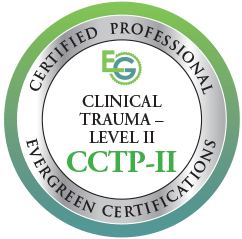Contact Info
Serving Marin County, the North Bay and all of California
415.785.4202
Design & Consultation: GrowYourTherapyPractice *
Serving all California residents.
What is Trauma?
What is Trauma & PTSD?
Trauma occurs when we experience an event that we perceive as dangerous or life-threatening. It is our response to the event that determines what is traumatic, not the event itself. That is why not all persons exposed to the same event will have a lasting trauma response.
The experience of trauma evokes our inborn survival response to fight back, run away, freeze or submit. This instinctual response is immediate and designed to maximize our chance for survival. It takes place before we have time to think about it. For example, pulling your hand away from a hot surface. You react first and only later realize what you just did to protect yourself.
While it is true that we need a rapid response to protect ourselves in threatening situations, when the instinctual response system remains “on”, as in the case of chronic trauma-related symptoms, the body never receives the "all clear" signal from the thinking brain. As a result, the body remains in a low-level state of chronic anticipation of danger.
Brain imaging in adults with trauma-related symptoms show how the brain works differently when there is unresolved trauma – for example brain centers responsible for calming the nervous system after a threat do not work as they would in someone without a trauma history.
This can lead to chronic anxiety, panic attacks, hyper-vigilance, difficulty concentrating, insomnia, withdrawal from friends and family, emotional numbing, and depression. In addition, there may be a tendency to turn toward a substance (alcohol, drugs, food) or behavior (over working, over shopping, video games, social media, etc) as a means of coping with these difficult symptoms.
Trauma responses usually last not more than a few days up to a month. Post-Traumatic Stress Disorder (or simply "Post-Traumatic Stress" or "PTS") is the term given when such trauma-related symptoms persist for months or years after the danger has passed.
©2023 Copyright | All Rights Reserved | David Campell, MD





